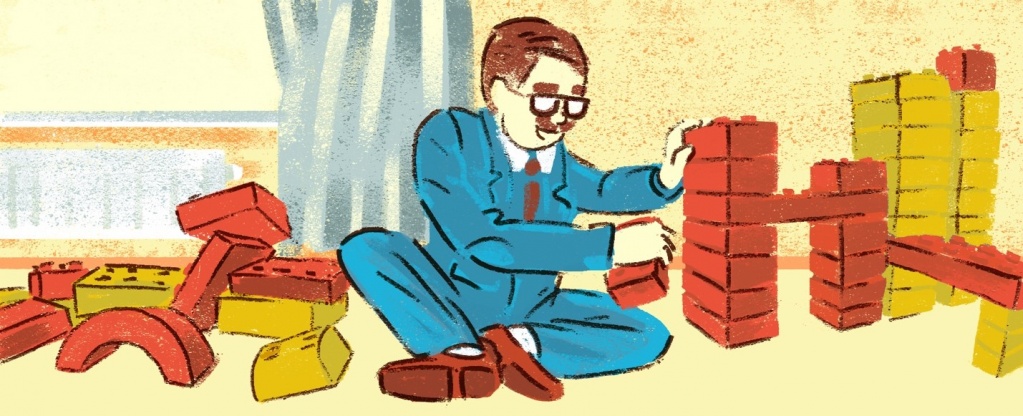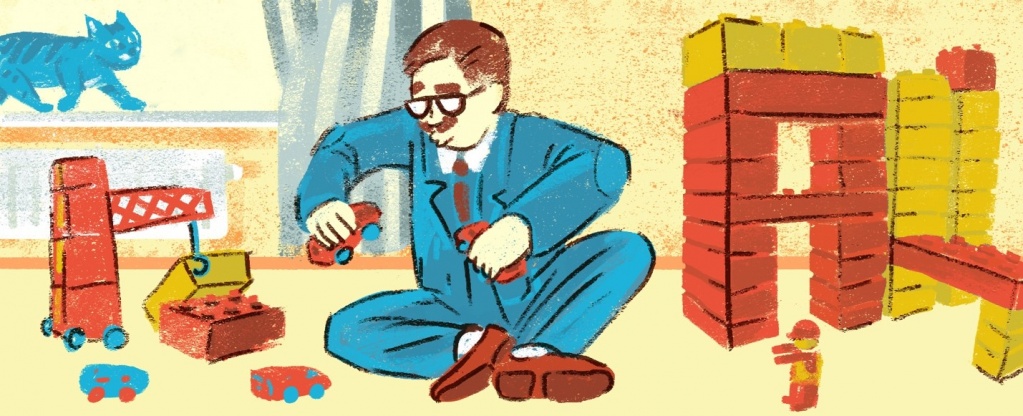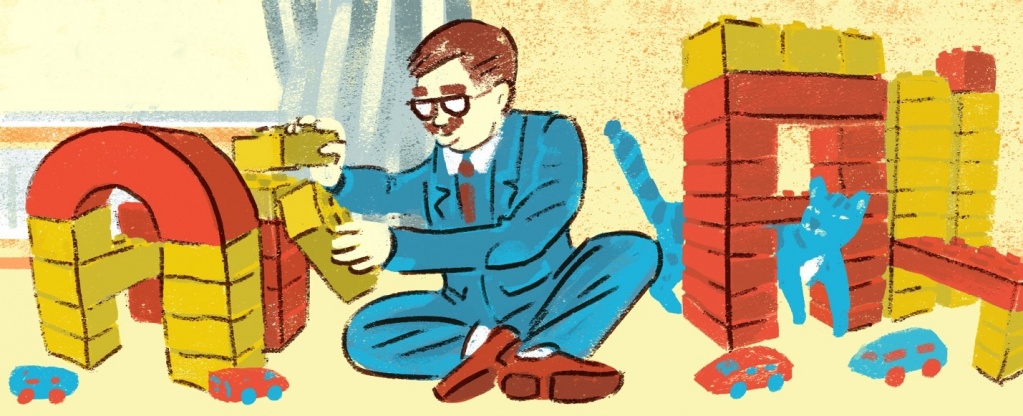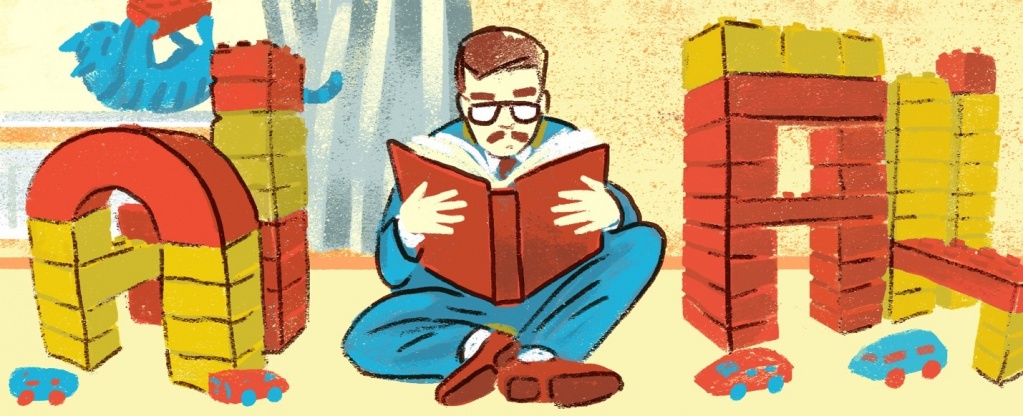Any company goes through certain stages of business development during its existence. Whether it is a family cafe, an online clothing store, or a steel pipe plant, there are similar processes and problems that economists compare to the existence of a living organism. These stages make up the full life cycle of a business.
Such comparison is possible also because at each stage business as well as a living organism should be “fed” with investments for it to live and develop.
The main thing that distinguishes a business from a living being is that death is not necessary in its scenario. And it is important for an entrepreneur to understand what stage of development his company is at in order to know how to grow it further.
The foundation stage

You are starting a business. This means that you have already assessed the viability of the idea, considered all the risks, calculated what costs await you at the start, and written a financial plan.
At the foundation stage, you register a sole proprietorship or a limited liability company, recruit a team, look for the first clients. At this point, the project needs funding. There are various ways of finding its sources – everything will depend on the type of business and your idea of how the business should develop.
How do you raise money?
At least part of the starting capital you will need to raise independently: save money or, for example, sell real estate. If personal savings for the start-up are insufficient, funding can be found in the following ways:
- Apply for government assistance
If your business is important to the region, you can ask the government for financial (and other) help with special business support programs. Read more about how to get state support in the article “How Small Businesses Can Get a Loan with a State Guarantee”. - Raising the necessary sum through crowdfunding
“Crowdfunding” at the beginning of a project can work if you have a creative project or an unusual product – you produce something you want to order immediately. Read how to take advantage of this in this article about types of crowdfunding. - Find a venture capital investor
A startup related to technology can attract a venture capital investor at the founding stage. This is usually a technology expert who puts his resources into fast-growing startups, expecting a big return. Resources are not only money, but also knowledge. The investor can suggest a development strategy, search and train specialists, and find the right contacts – to get results faster and recoup his financial investment. Starting a business А у аiness with a venture capitalist, it is worth at least 50% invest yourself, otherwise there is a high probability that your partner will be too much influence on the processes, expecting to get more profit. - Lease equipment or property
If your business needs a car, large equipment or premises, you can lease them: you lease the property, but with the option to buy it outright. The leasing fee won’t hit your budget too hard, and you’ll still have the equipment, which will likely pay off the payments for it. You pay for the leased property for a while, but it works for you and continually makes a profit.
The break-even stage

At this stage, you can recoup the money you spent to start the business. The business has a minimum profit, and you can use it to maintain turnover: there is enough money from the sale of goods to buy new batches. But there may not be enough money for improvements that will allow you to make more profits: you can’t hire new employees or buy more goods. So the business still needs funding.
How do you raise money?
- Get a microloan from an MFI
Business microloan terms are very different from those for consumer loans – the annual rate is much lower (from 20%). In addition, there are MFIs of entrepreneurial finance in every region, which give loans to businessmen at a reduced rate – from 8-9% per annum. - Organize fundraising with the help of crowdfunding
At this stage you can also apply for “collective funding”, especially if you produce goods – a crowdfunding platform can become an additional market.
Growth stage

The business increases profits and the number of customers: you can distribute debts, if any, hire new employees, increase production volumes. Additional investment should be spent on improving service and solving problems that hinder development. Let’s say your courier service does not need two cars, but five. Or the site of the online store is worth a serious overhaul.
Also at this stage there is a high probability of encountering cash gaps: when you have already earned money, but not yet in their hands and you can not put them into circulation or spend them.
How to attract money?
Connect the Factors in the Payment Scheme
If you are in commerce, this is when you have more customers, which means you need to buy and sell more. Many companies sell goods and services with deferred payment: received or sold goods today, but the money for it will be transferred only in a month or two. To avoid a cash gap, you can plug a factor into the relationship between buyer and seller. A special company or bank pays the seller for the goods at the time of delivery, and the buyer is left with a deferral: he pays for the goods later and already to the factor.
Lease equipment or property
And at this stage, additional equipment, transport or real estate does not have to be purchased – you can lease the necessary equipment and buy it back later, when the equipment allows you to earn more.
Take out a loan
A growing business that’s been around for a couple of years will be more likely to be approved for a loan or credit. Get preferential terms or secure a loan guarantee from banks and MFIs that work under government support programs.
Sell a share of the business
So you will not only get money for further development, but also a business partner. To avoid potential conflicts and do not become a victim of unscrupulous colleagues, choose carefully: be sure to legally record the sale of the business, make a contract that will clearly spell out what rights the partners have and what their role in the project.
Attract co-investors
Your business is already successful, which means there is a better chance that investors will be interested in it. You can look for them among colleagues and acquaintances, on crowdfunding sites and industry forums.
The maturity stage

At this stage, the business stops growing intensively and becomes resistant to external circumstances. Problems in the economy (for example, a rise in commodity prices) or force majeure should not be a death sentence for the company – for this case, there must be a financial safety cushion to survive the crisis and find a way out of the situation.
Although there are fewer risks, you should not let things slide. If you keep the situation under control, you can stay at this stage for a long time. But you can develop your business further and scale it up. For example, expand the geography and volume of sales, or increase the number of outlets in your region. This will require not only effort, but also finances.
How to attract money?
Profits alone may not be enough to scale your business. Additional money can be raised using methods that you are already familiar with. They should be chosen based on the specifics of the business. If you have a transportation company or a taxi company and you need more cars – the lease will do. If you have a beauty salon and you want to launch an advertising campaign to attract new customers, you can take a microloan from an MFI. Need a new point – think, perhaps a loan will suit you.
Get a loan through crowding-investment
Crowdinvesting is a way to get loans on special online platforms. At this stage of the business, the company’s financial statements are unlikely to raise doubts with potential investors, and the loan will be able to be taken fairly quickly.
Take a loan
For a mature company a loan is quite a safe way to attract money, if you, of course, are well aware of what they will be used for. That said, the maturity of the company does not deprive you of the possibility of obtaining benefits.
Issue Securities
Entities in the maturity stage can issue stocks and bonds to raise extra money.
A stock is a kind of “sale” of the company’s micro shares: the shareholder gives you money, and in return he gets a percentage of the possible profits. In addition, shareholder votes will need to be taken into account when making decisions about the development of the company.
A bond is a debt obligation, in which you, figuratively speaking, borrow money from the buyer and undertake to pay back more after some time.
Stage of decline

Profits are declining, costs are rising, and you’re losing customers-these are signs of the decline stage. It is possible that even if you have new customers, net profits are still not increasing: the money will go to paying off costs.
But the decline stage does not necessarily herald the closure of the business. At this stage, the enterprise can still be saved.
How to attract money?
At this stage, do not rush to close the problem by simply pouring money into the existing structure. First identify the problems: you may be spending money inefficiently now and your budgets just need to be reallocated.
Adjust your internal processes, try to bring something new to the business. This may be a managerial decision – for example, introduce a new system of motivation for employees or implement a program that will optimize their work. You can also try strategic innovations: start selling products which your competitors don’t have, or develop a convenient mobile app, with the help of which you will be able to reach new customers. You can raise money for this in ways you already know, such as taking out a loan or a loan, or finding co-investors.
Five stages is not a necessary scenario
Not necessarily that your business will pass all of these five stages, and that the stages will succeed each other strictly in the order described. Some businesses go into decline as soon as they open, while others operate for years, going from maturity to expansion, all on a case-by-case basis and depending on the decisions you make.
